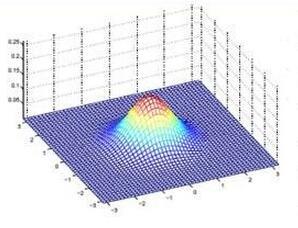It is widely believed that a joint factor analysis of item responses and response time (RT) may yield more precise ability scores that are conventionally predicted from responses only. For this purpose, a simple-structure factor model is often preferred as it only requires specifying an additional measurement model for item-level RT while leaving the original item response theory (IRT) model for responses intact. The added speed factor indicated by item-level RT correlates with the ability factor in the IRT model, allowing RT data to carry additional information about respondents' ability. However, parametric simple-structure factor models are often restrictive and fit poorly to empirical data, which prompts under-confidence in the suitablity of a simple factor structure. In the present paper, we analyze the 2015 Programme for International Student Assessment (PISA) mathematics data using a semiparametric simple-structure model. We conclude that a simple factor structure attains a decent fit after further parametric assumptions in the measurement model are sufficiently relaxed. Furthermore, our semiparametric model implies that the association between latent ability and speed/slowness is strong in the population, but the form of association is nonlinear. It follows that scoring based on the fitted model can substantially improve the precision of ability scores.
翻译:暂无翻译




